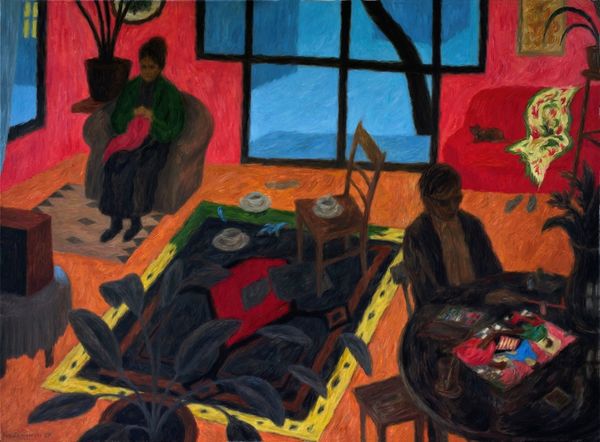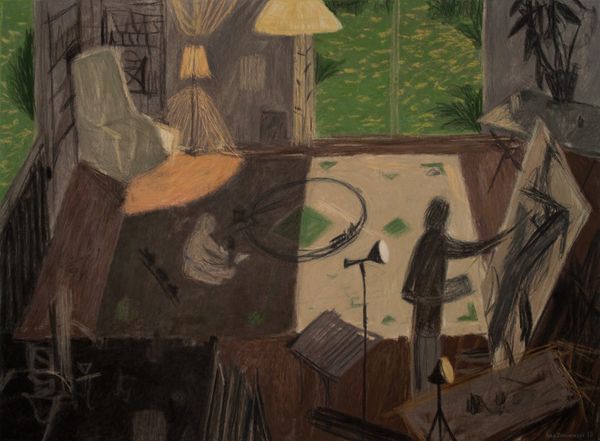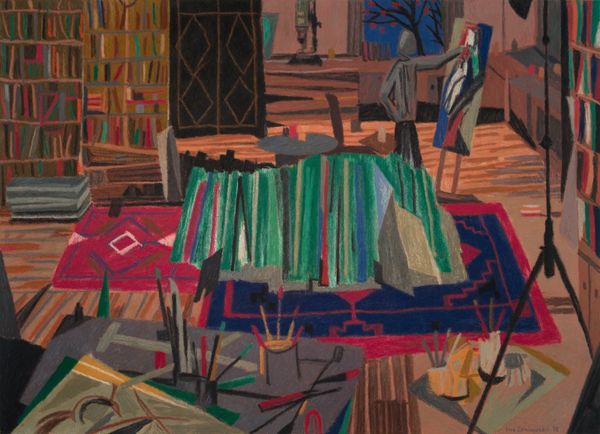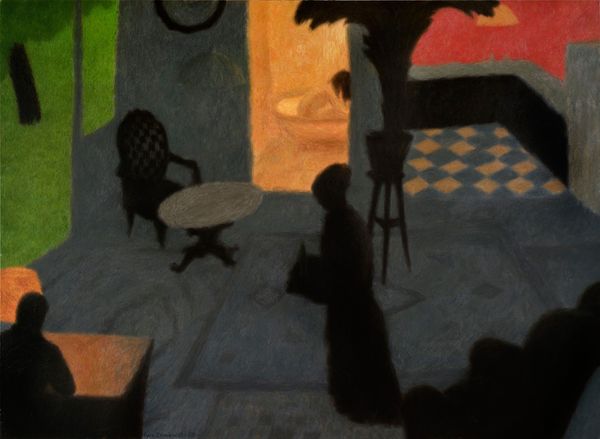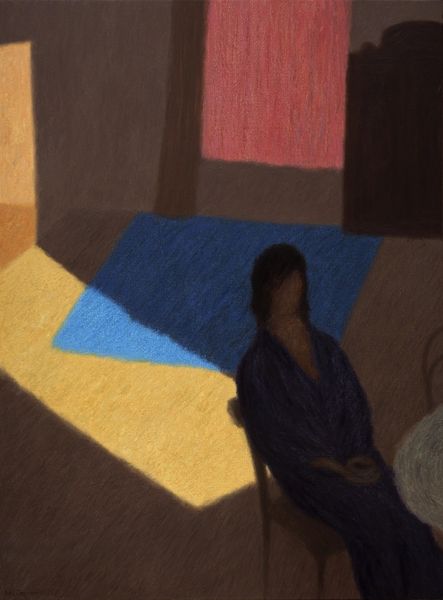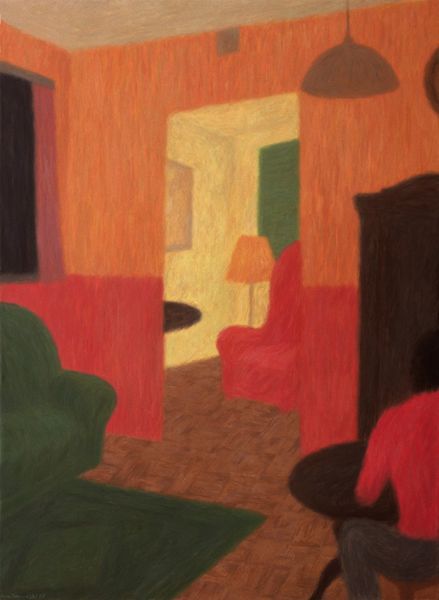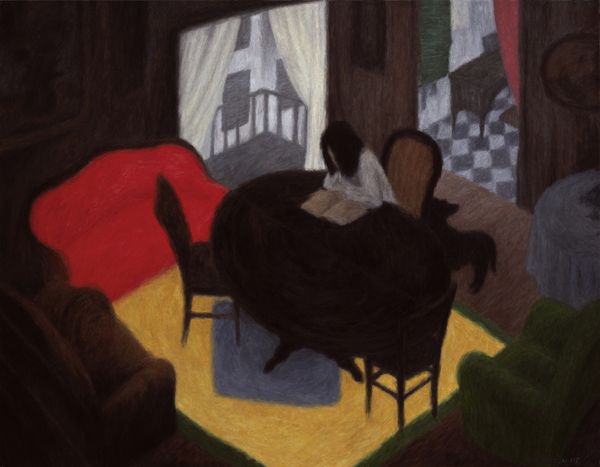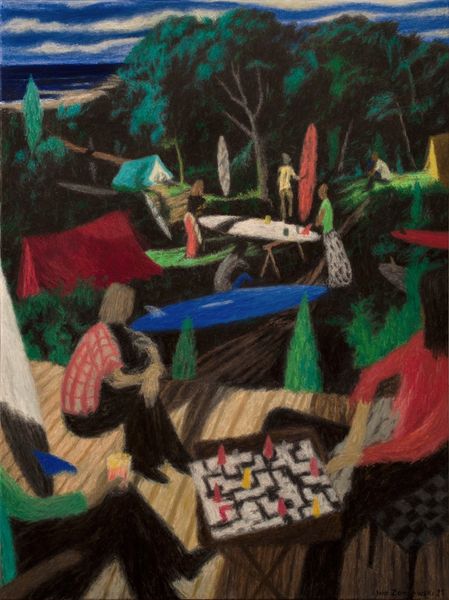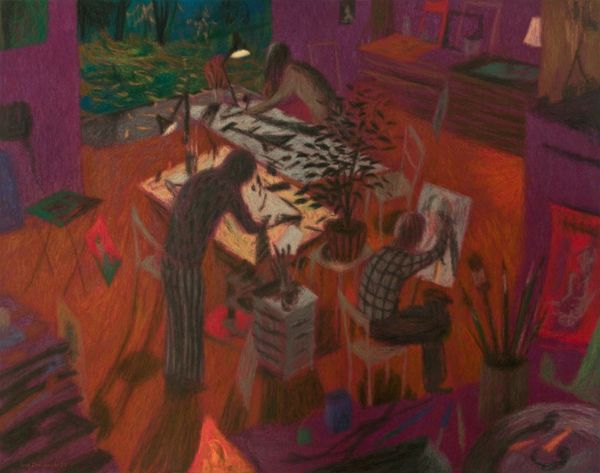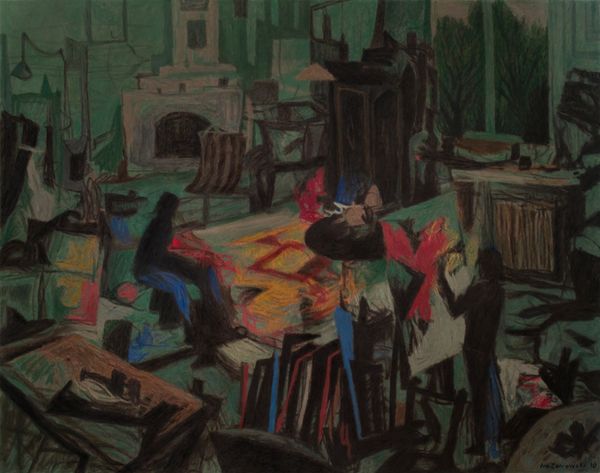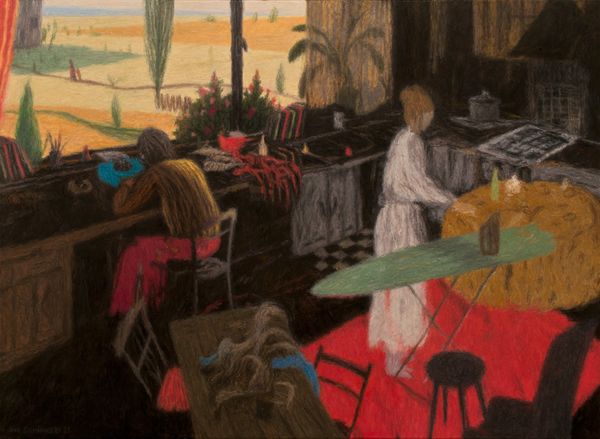
Copyright: Modern Artists: Artvee
Iwo Zaniewski’s painting offers a glimpse into the private world of the artist, or perhaps, the aspiring artist. The scene hums with creative energy, yet the style is one of studied naivety. Made in Poland by an artist born after the Second World War, the painting may be read as an ironic commentary on the legacy of state-sponsored art. The Soviet system, which dominated Poland until 1989, promoted art that was accessible, figurative, and celebrated the lives of ordinary people. Zaniewski gives us a scene of everyday life, but its crude application seems to parody the values of social realism. It suggests an artistic climate in which professional artists could be co-opted, but anyone could be an amateur. The historian can interpret this painting by examining publications from Polish art schools during the Soviet era. By comparing the painting to the art that the state wished to promote, we can begin to understand how Zaniewski’s “Sunday Painter” engages with the institutions of art.
Comments
No comments
Be the first to comment and join the conversation on the ultimate creative platform.
